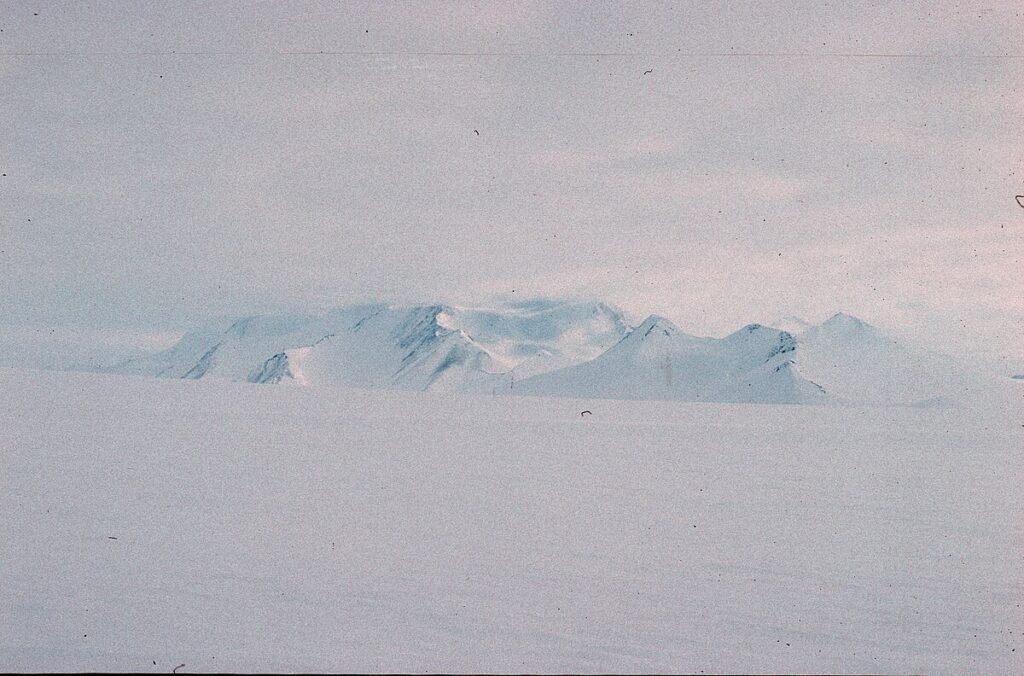Researchers have unearthed a surprise at one of the most secluded corners of Earth—the Antarctica continent. Microplastics, similar in size to the diameter of a red blood cell, were detected in the sample of the collected snow; otherwise, those believed to be safest and best sheltered ecosystems should not suffer as well. New evidence indicates plastics are threatening any ecosystem all around the globe.
Scientists collected snow samples from three different sites in Antarctica, where field research was being conducted. Despite stringent regulations designed to minimize human impact on the continent, microscopic plastic contaminants were still found, highlighting the far-reaching consequences of plastic pollution.
Dr. Kirstie Jones-Williams, a PhD student affiliated with the British Antarctic Survey (BAS), described the findings as deeply concerning. She emphasized that the research underscores “the pervasive nature of plastic pollution—demonstrating that nowhere on Earth is truly untouched.” The presence of these particles, even in a region with strict material restrictions, suggests that contamination is more widespread than previously thought.

The research team analyzed snow collected from Union Glacier, Schanz Glacier, and the South Pole, where the US Antarctic Program operates a research facility. Using advanced detection techniques, scientists identified plastic fragments as small as 11 micrometers—barely visible to the naked eye and comparable in size to a human red blood cell.
Concentrations of microplastics varied between 73 and 3,099 particles per liter of snow, while the majority were smaller than 50 micrometers. It indicates that previously reported studies that had relied on less sensitive detection methods may have greatly underestimated the scope of plastic contamination in Antarctica.
Analysis of the particles revealed the presence of several common plastic materials, including polyamide (often used in textiles), polyethylene terephthalate (commonly found in bottles and packaging), polyethylene, and synthetic rubber. More than half of the detected microplastics were composed of polyamide, and these were consistently found in samples collected near research field camps. However, a remote control site—far from human activity—showed no traces of polyamide, suggesting that some of the contamination may have originated from clothing and equipment used by scientists themselves.
According to Dr. Clara Manno, an ocean ecologist at BAS, the new discovery further emphasizes the notion that microplastics are not just carried by global ocean currents or atmospheric winds but also potentially by human activities themselves, even in locations with high environmental standards. This raises the immediate question of how microplastics could end up in such distant places and what their long-term impact may be on these delicate ecosystems.
This study contributes to a growing body of research indicating that microplastic pollution is now an unavoidable reality, with evidence of these particles turning up in unexpected places—including human organs such as the brain. The discovery in Antarctica is yet another reminder of the need for stronger global efforts to reduce plastic waste and develop sustainable alternatives.
Dr. Jones-Williams thus urged the continued use of already existing Antarctic research stations to monitor the contamination of microplastics. “Our research highlights the need to leverage existing Antarctic presence for sustained monitoring,” she said, adding that long-term studies need to be conducted to evaluate the impacts of plastic pollution on the environment.
The findings serve as a sobering reminder that human actions have far-reaching consequences. Even in Antarctica—one of the last wildernesses on Earth—the fingerprints of pollution can be found. As scientists continue their work, their discoveries will play a crucial role in shaping policies and initiatives aimed at reducing plastic waste on a global scale.








